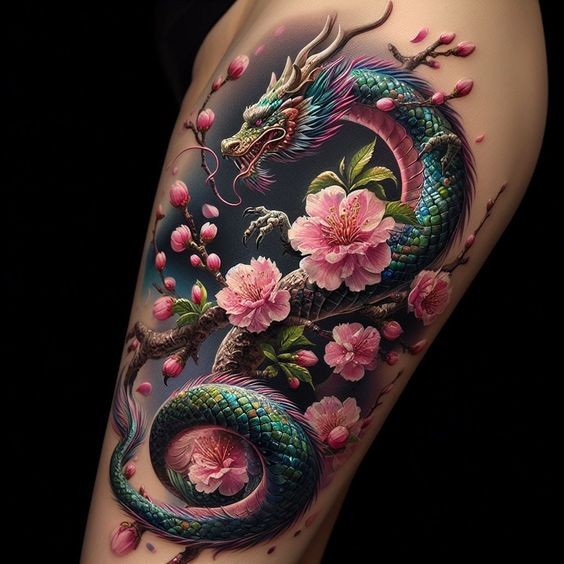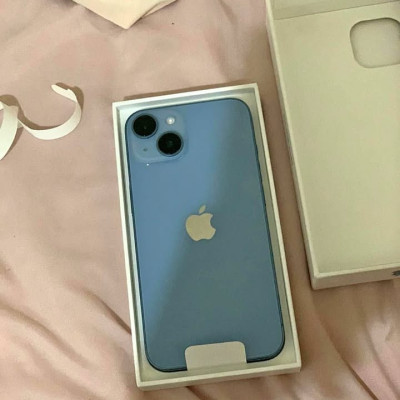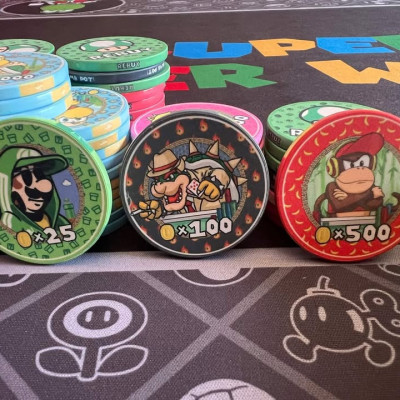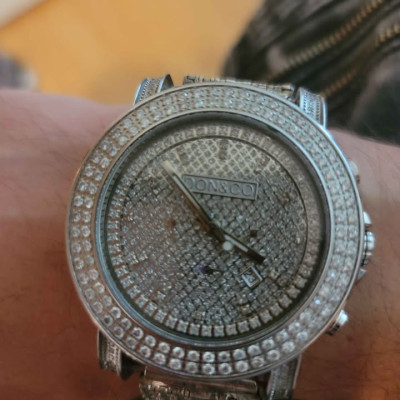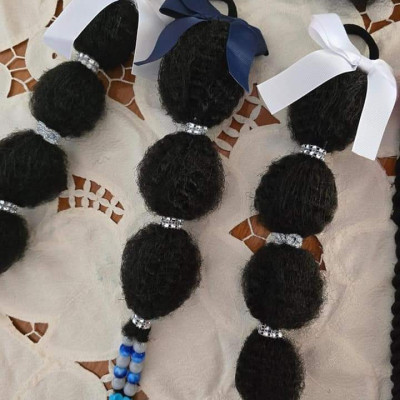The Art of Dragon Tattoo: A Fusion of Myth and Ink
Introduction
Dragon tattoos have captivated people for centuries, embodying a blend of ancient mythology, cultural symbolism, and artistic mastery. These intricate designs not only represent various mythological traditions but also allow for a wide range of personal and artistic expression. From the fiery dragons of Chinese folklore to the cunning serpents of Western legends, the art of dragon tattoos offers a rich tapestry of meanings and styles.
Historical and Cultural Significance
Dragons have held a significant place in human mythology across various cultures. In Chinese culture, the dragon is a symbol of power, strength, and good fortune. It is often depicted as a benevolent creature, associated with the emperor and natural elements. Chinese dragon tattoos frequently feature elegant, serpentine forms and are imbued with auspicious meanings.
In contrast, Western dragons are often portrayed as fearsome beasts associated with chaos and destruction. Medieval European depictions emphasize their role as antagonists to be slain by heroes. Western dragon tattoos might reflect themes of battle, strength, or transformation.
Japanese dragon tattoos blend elements of both Eastern and Western interpretations but with a unique aesthetic. The Japanese dragon, or "Ryujin," is generally seen as a water deity and protector, often illustrated in dynamic, flowing designs that emphasize grace and fluidity.
Artistic Styles and Techniques
The art of dragon tattoos varies greatly, influenced by the stylistic preferences of different cultures and the individual tastes of tattoo artists. Here are some notable styles:
Traditional (American) Style: Known for its bold outlines and vibrant colors, the traditional style dragon tattoo emphasizes clarity and straightforward symbolism. The dragon is often depicted with exaggerated features and in a more straightforward, less intricate manner.
Japanese Irezumi: This style incorporates dragons as part of a larger tattoo motif, often intertwined with other elements like cherry blossoms, waves, or koi fish. Japanese Irezumi tattoos are known for their detailed line work, dynamic compositions, and use of shading to create depth and movement.
Realism: Realistic dragon tattoos aim to capture the dragon in a lifelike manner, with detailed textures and shading that mimic the appearance of scales and other features. This style often requires a high level of skill and attention to detail to achieve a convincing result.
Tribal: Tribal dragon tattoos are characterized by their use of bold, black lines and geometric patterns. This style often abstracts the dragon’s form into stylized, symbolic shapes that emphasize form over detail.
Watercolor: Watercolor tattoos use splashes of color and fluid designs to create a tattoo that mimics the look of a watercolor painting. These tattoos often have a more ethereal and less defined appearance, giving the dragon an almost dreamlike quality.
Symbolism and Personal Meaning
The symbolism of dragon tattoos can vary based on the individual’s intent and cultural background. For some, a dragon tattoo represents personal strength and resilience, mirroring the mythical creature’s role as a symbol of power and courage. For others, it might reflect a connection to their heritage or admiration for the artistic traditions of a particular culture.
Additionally, the placement of the tattoo can also influence its meaning. For instance, a dragon tattoo on the back might symbolize protection and the idea of carrying strength on one’s shoulders, while a tattoo on the arm could signify the readiness to confront challenges head-on.
The Tattooing Process
Creating a dragon tattoo involves several steps:
Consultation and Design: The process typically begins with a consultation between the client and the tattoo artist. The artist will discuss the desired style, size, and placement of the tattoo, and may create custom designs based on the client's preferences.
Preparation: Before the tattooing begins, the artist prepares the skin and sets up their tools. The design is often outlined on the skin with a stencil to guide the tattooing process.
Tattooing: Using a tattoo machine, the artist applies the ink according to the chosen design and style. This process involves outlining, shading, and coloring, depending on the complexity of the design.
Aftercare: Once the tattoo is complete, proper aftercare is essential to ensure healing and to maintain the tattoo’s appearance. This typically includes keeping the tattoo clean, avoiding sun exposure, and following any specific instructions provided by the artist.
Conclusion
Dragon tattoos are more than just artistic expressions—they are a confluence of myth, culture, and personal identity. Each dragon tattoo tells a story, whether it’s drawn from ancient legends or a modern interpretation. As a versatile and deeply symbolic design, the art of dragon tattoos continues to inspire and captivate, bridging the gap between mythology and modern self-expression.
